Optimal light for plant growth
Photosynthesis is the process by which plants convert water and carbon dioxide into food (sugar) when exposed to sunlight. Plants take carbon dioxide from the air through openings in their leaves and convert it into sugar during photosynthesis. Chlorophyll is the green pigment in plants that enables plants to create their own food and also gives plants their green color. Water is necessary for plants to perform photosynthesis, and plants absorb water through their roots. Oxygen is released back into the atmosphere as a byproduct of photosynthesis.
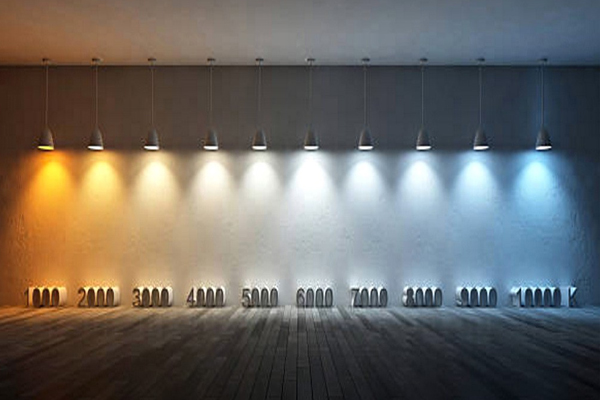
Light duration, or the amount of time a plant is exposed to sunlight, is also important. The duration of light varies with the seasons. This also affects the ambient temperature. Summer sunshine time is the longest, followed by spring and autumn, and winter sunshine time is the shortest. Not all plants need the same amount of light. Fruiting plants, such as tomatoes, tend to require more sunlight than non-fruiting plants. For example, strawberries require more sunlight to grow than lettuce. Fruiting plants grow best in summer and may require up to 18 hours of light a day to bloom and bear fruit. On the other hand, some plants, such as cauliflower and cabbage, grow well in late fall with as little as 12 hours of light a day.
The electromagnetic spectrum is the wavelength or frequency range over which electromagnetic radiation extends. The electromagnetic spectrum consists of the visible spectrum (the types of light we can see) and the infrared spectrum (the types we cannot see). The four seasons have different light durations, which can affect photosynthesis. Certain colors of light are more important for photosynthesis than others. Plants are adapted to absorb and utilize the right amount of light in order to grow naturally outdoors.
When growing plants indoors, we must reproduce the light produced by the sun, keeping two important factors in mind: color temperature and duration. The temperature of a color on the electromagnetic spectrum is measured in K.
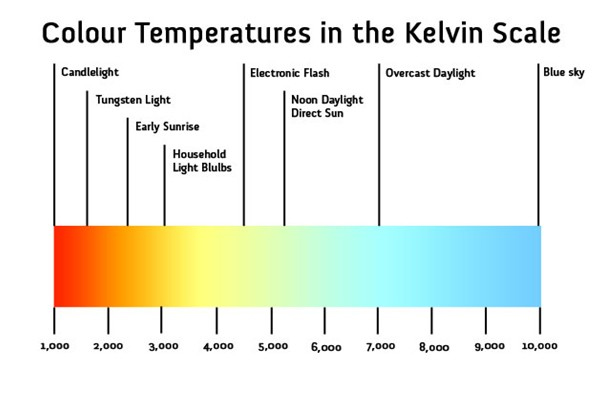
Check out the chart above. Plants grow best when they are exposed to light as similar as possible to natural sunlight, between 2700 and 7000 K. In the past, growers have used red and blue LEDs to provide plants with the full spectrum of light they need to grow. The only reason to use red and blue LEDs is because white LEDs do not yet exist to provide the necessary spectrum and brightness. However, with the new technology it is entirely possible to obtain the full spectrum and brightness required by plants, 2700 to 6500 K, and equipped with white LED lights. White LEDs use the least power, last the longest, and grow plants like all other types of light available today.
Not only does light not require the use of red and blue lights, it actually disrupts sleep and makes some people feel sick. Blue light affects the body's levels of the sleep-inducing hormone melatonin more than any other wavelength, which is why it's recommended to avoid electronic devices before bedtime. What Type of Lights to Buy The most common types of grow lights are T5 and T8 LED lights. Lamps are most commonly (more or less) 6500 K, which is the color temperature of light we see in daylight. Traditionally, blue light would be used to provide plants with this necessary wavelength. Plants do vegetative growth during the day, so this light is beneficial to plants during the vegetative growth phase.
Bulbs at about 2700 K are beneficial for plants in the flowering and fruiting growth stages. This is the color temperature at sunrise time of day. 2700 to 2700 K bulbs are traditionally warmer in color with more red and orange tones. The red lights used by some growers will transmit this color temperature to the plants.
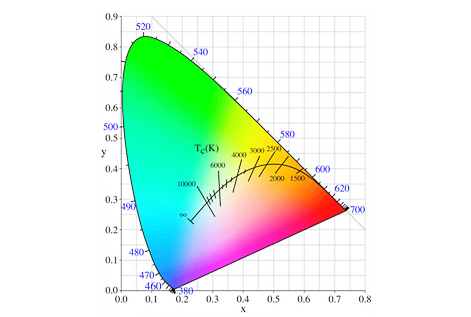
Both 2700 and 6500 K lamps can be used as white LEDs, so red or blue lamps are no longer required. We recommend using fixtures that hold four bulbs and alternate 2700 and 6500 K bulbs in the fixture. This will ensure the plant gets the benefits of both.
Other bulb
LED lights are also available in 4100 K and 10000 K. While you'll probably never need these types of bulbs, they're worth mentioning. Bulbs that provide 4100 K are neutral lamps that promote leaf and stem growth. This type of light does not do much for plants in the vegetative or flowering growth stages.
The bulbs used above the aquarium are usually 10000 K. Note that this is the bluest light in the electromagnetic spectrum. This is also similar to the light spectrum visible deep underwater, which makes it useful for growing aquarium plants or raising fish.

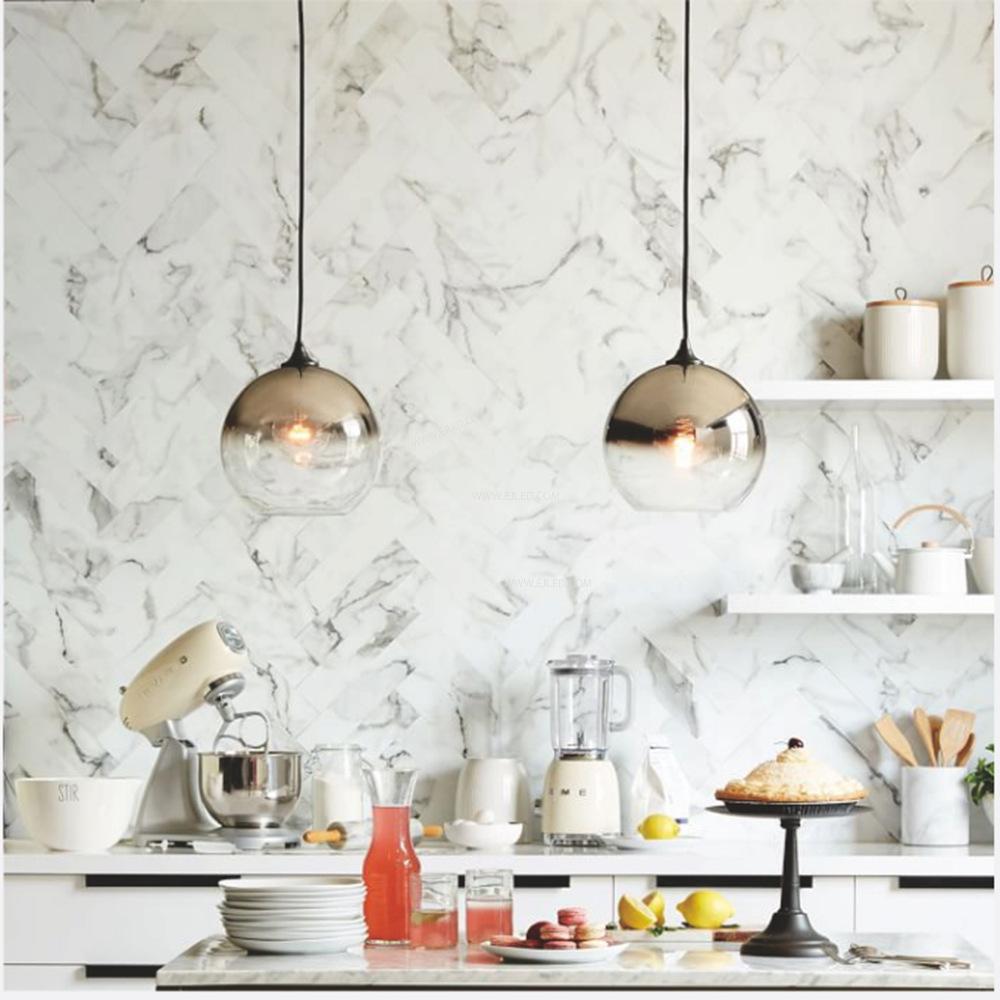
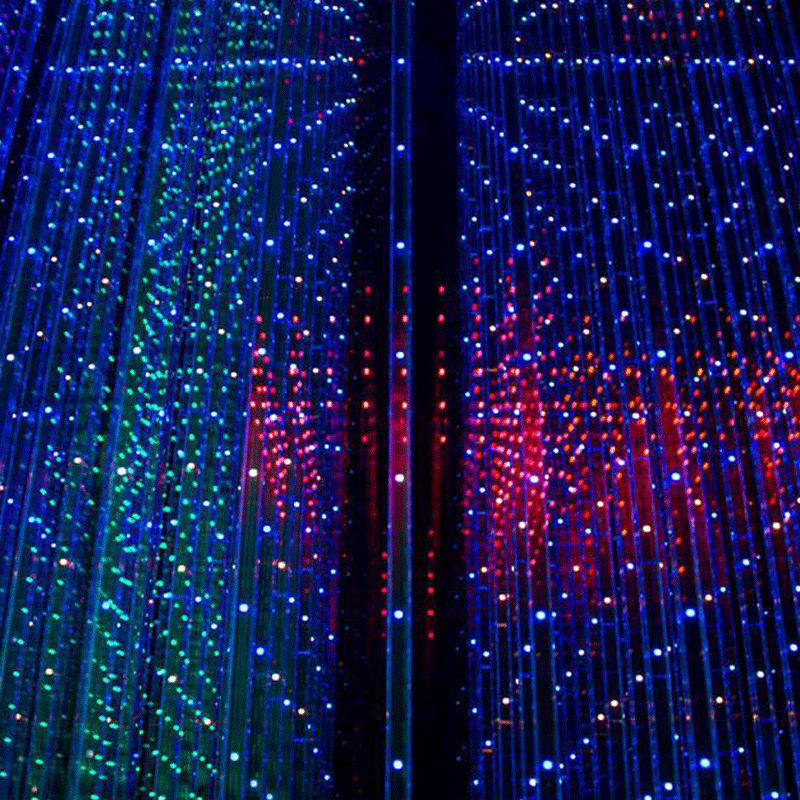

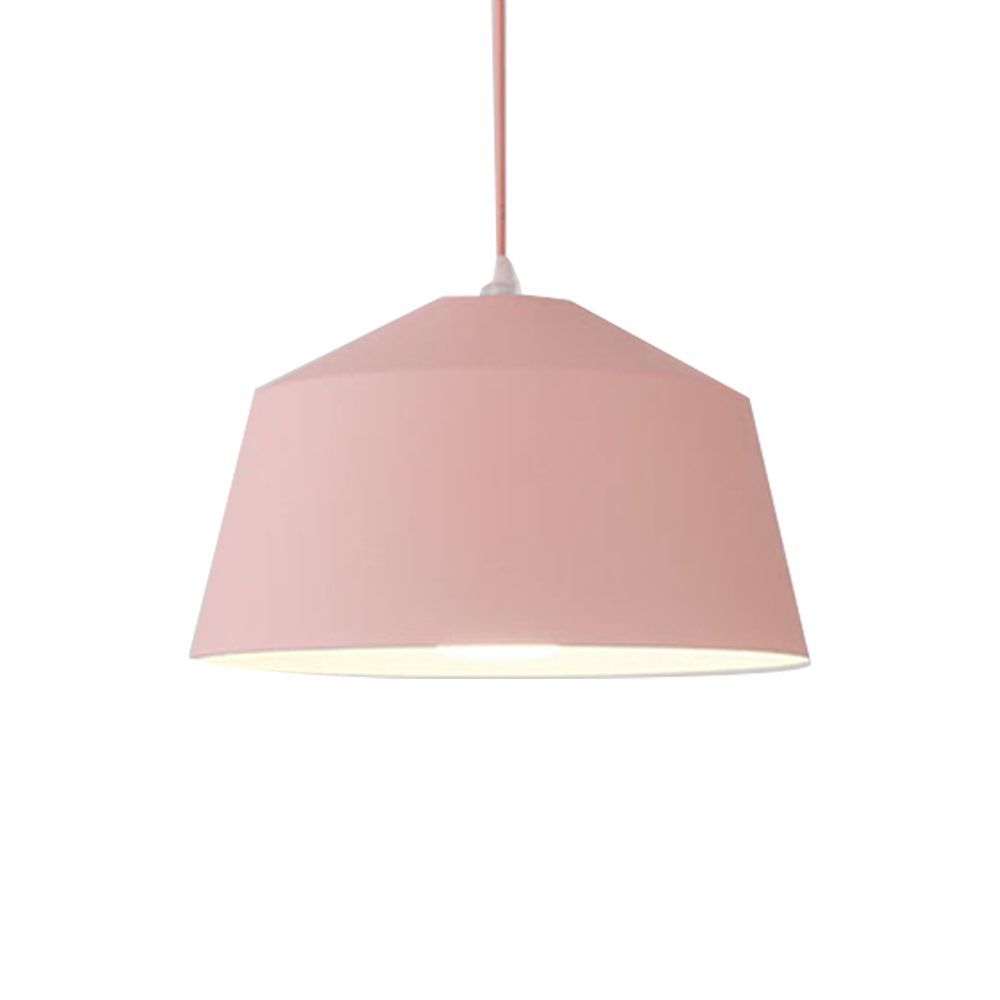
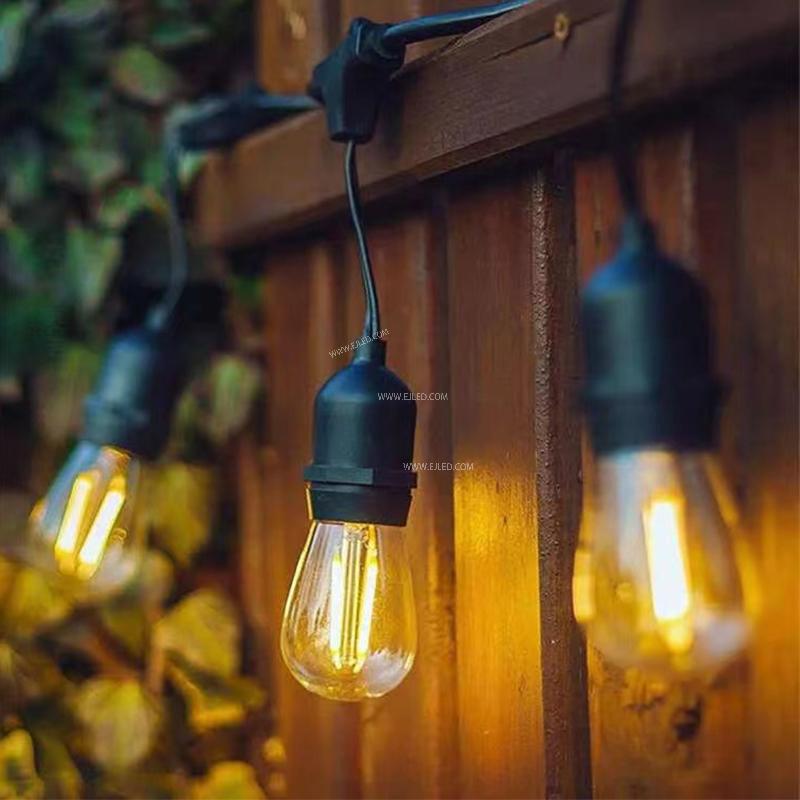

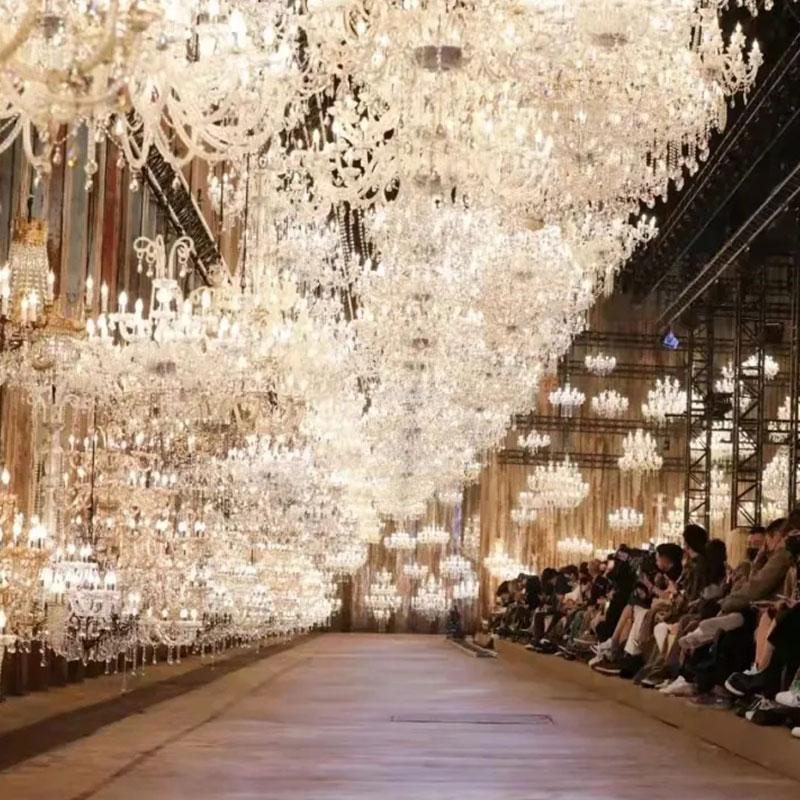

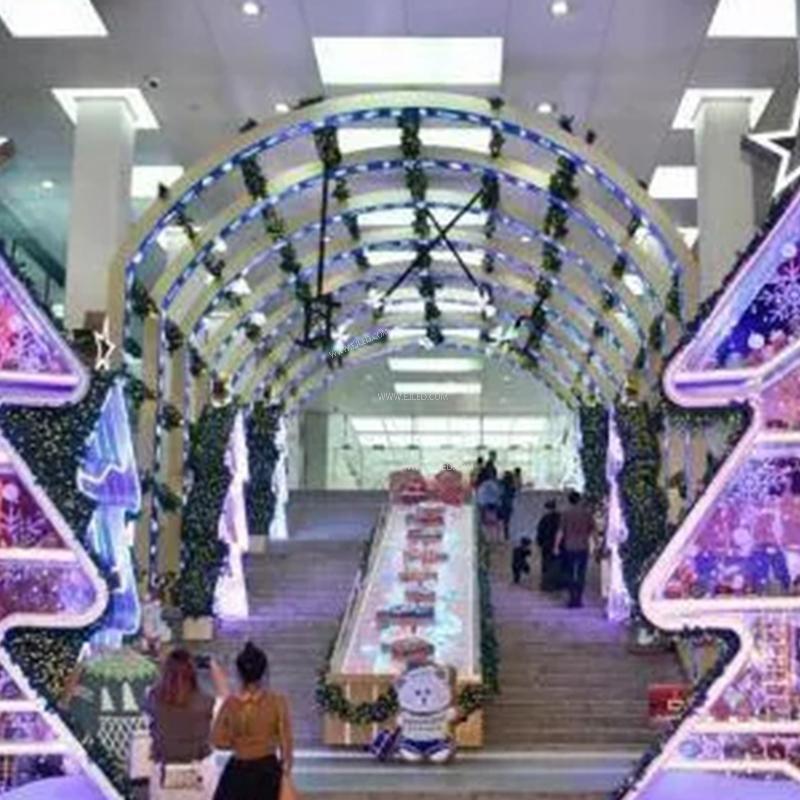
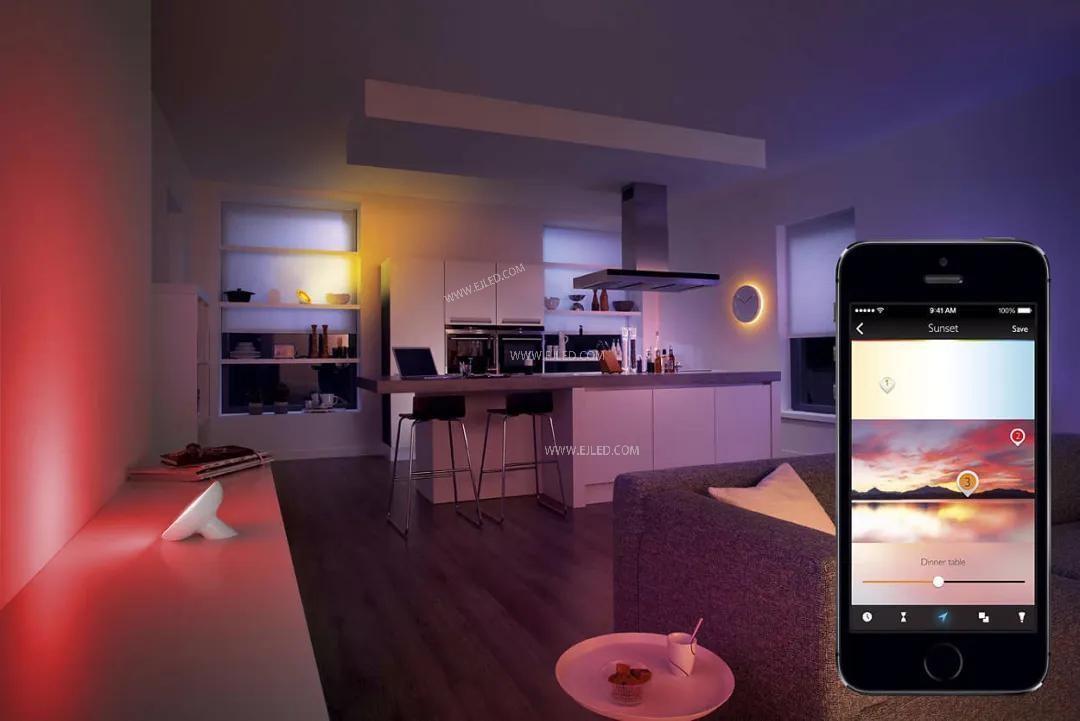

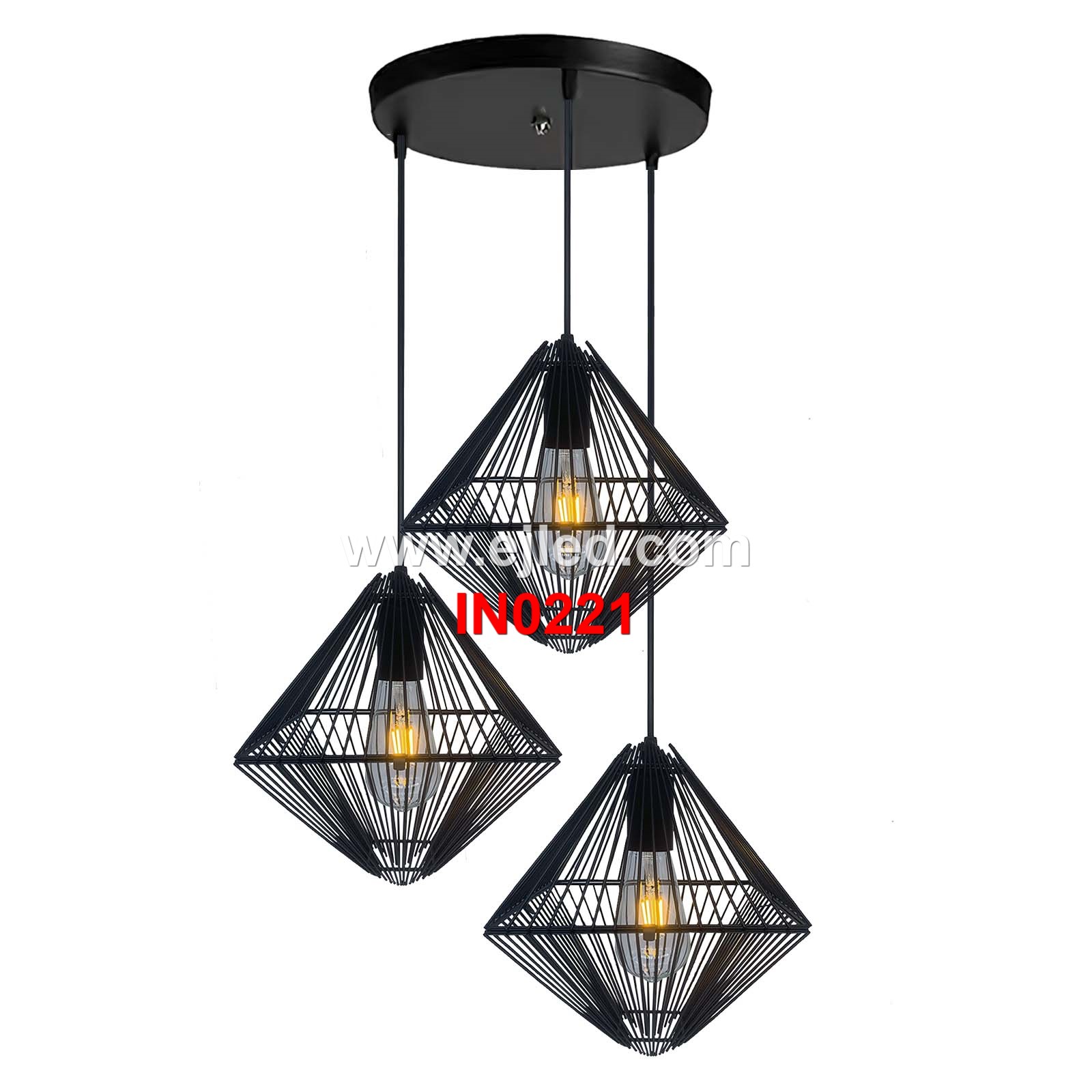
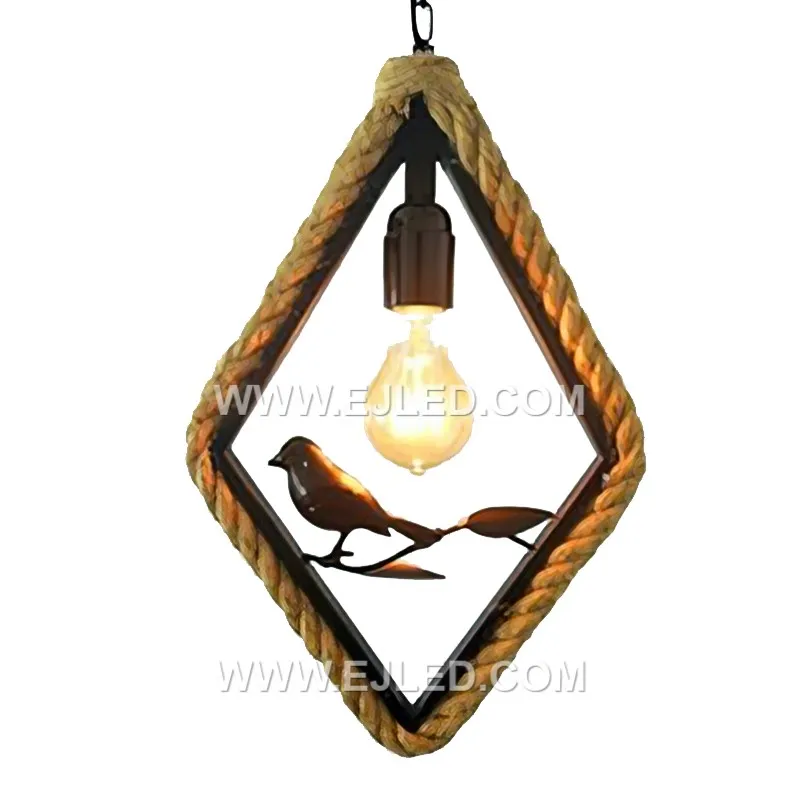
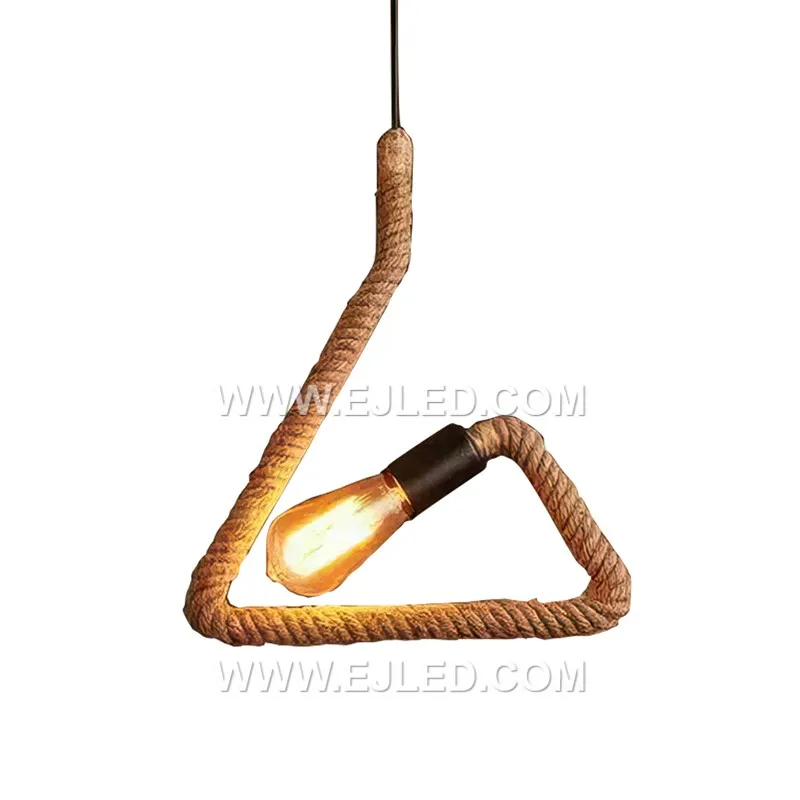
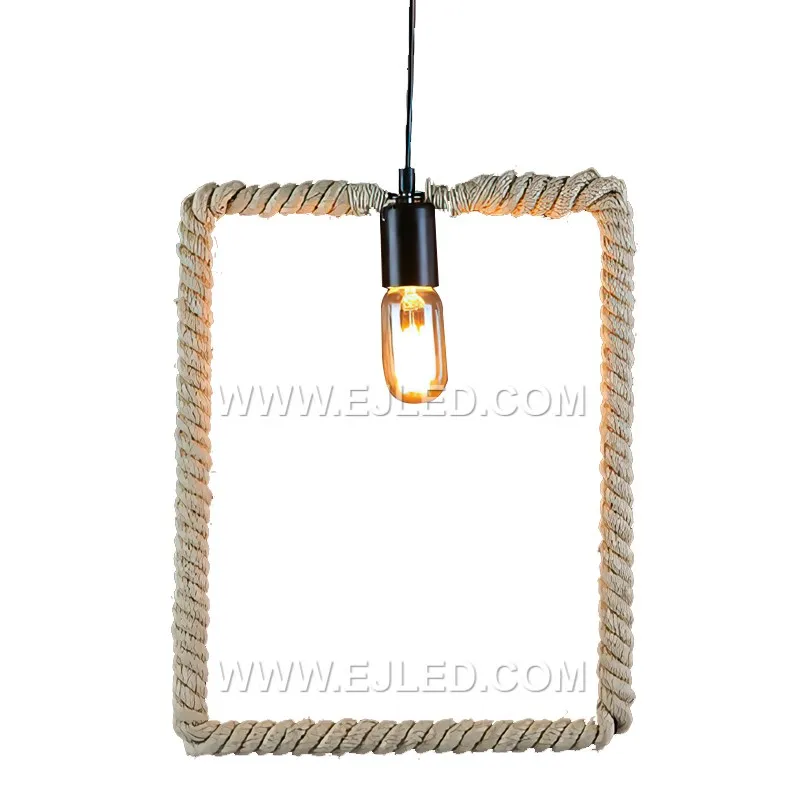
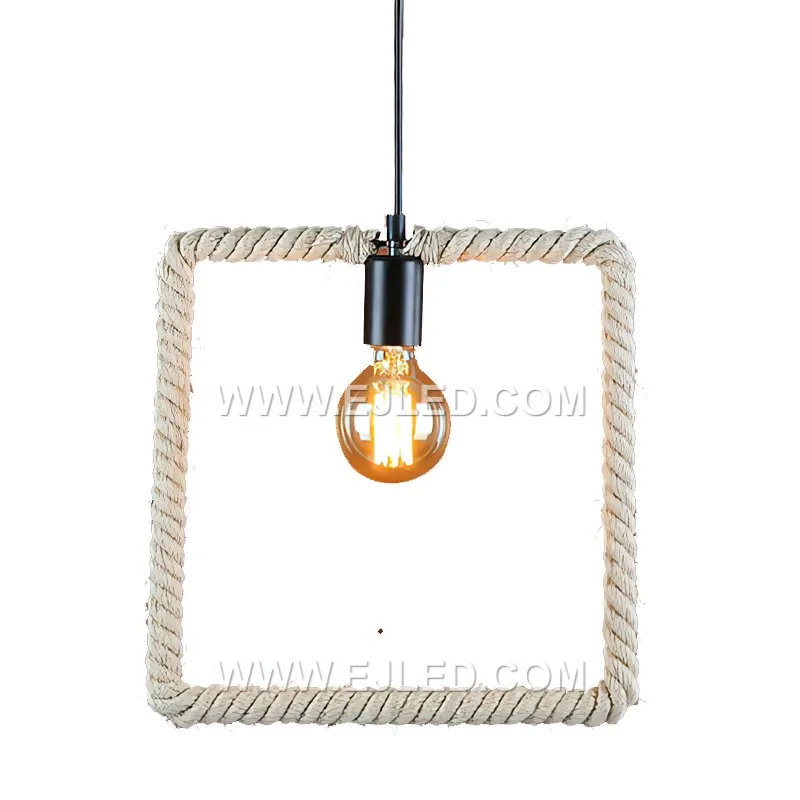
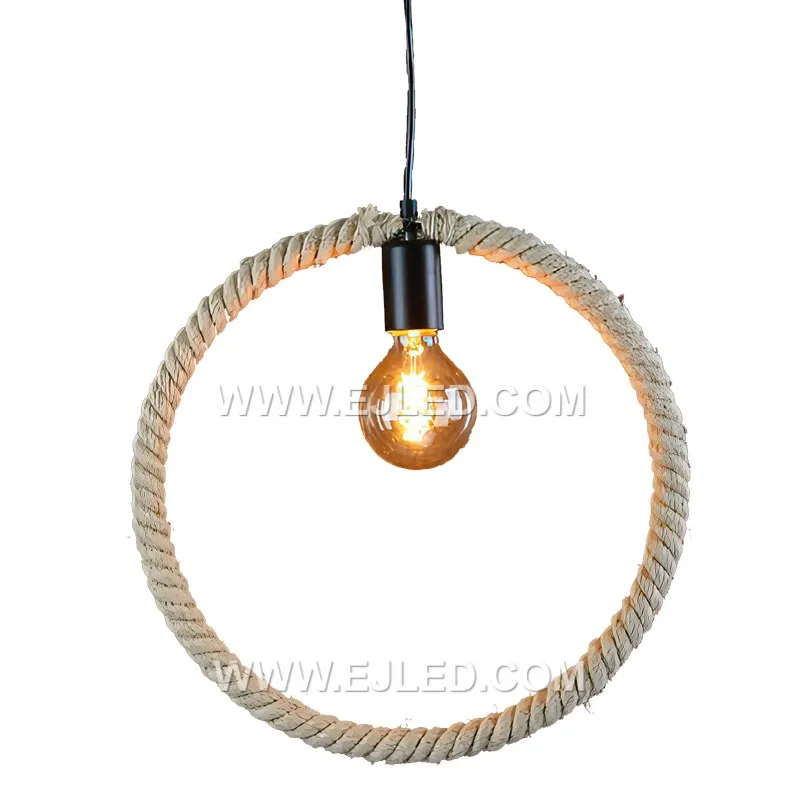
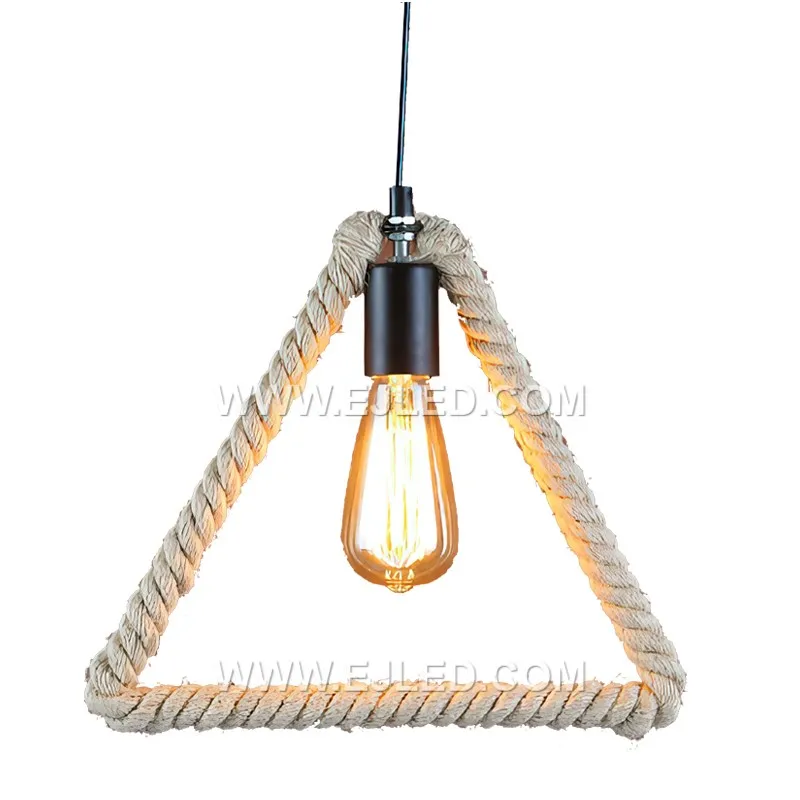
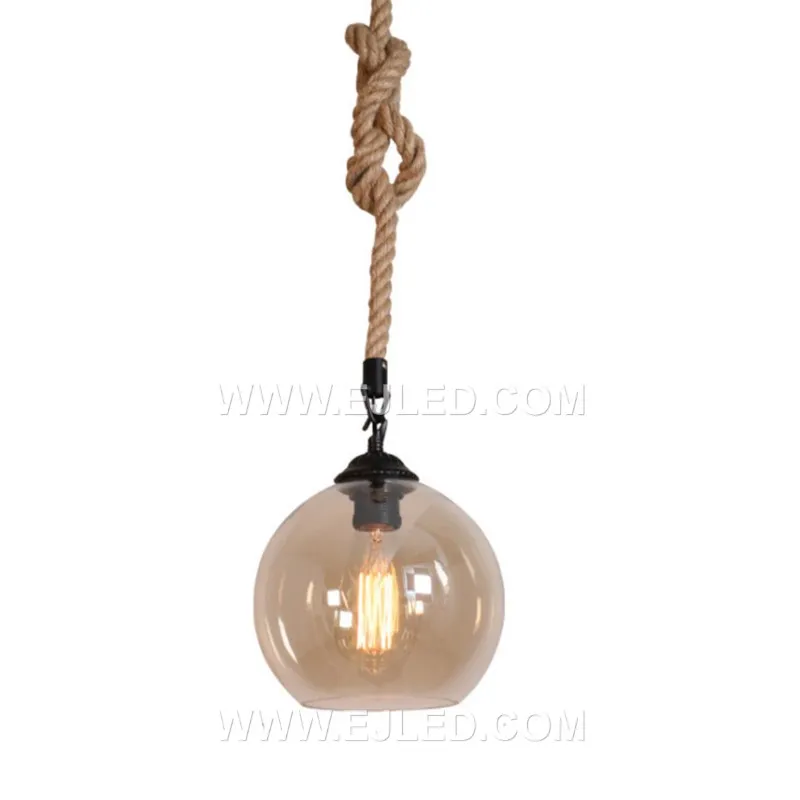
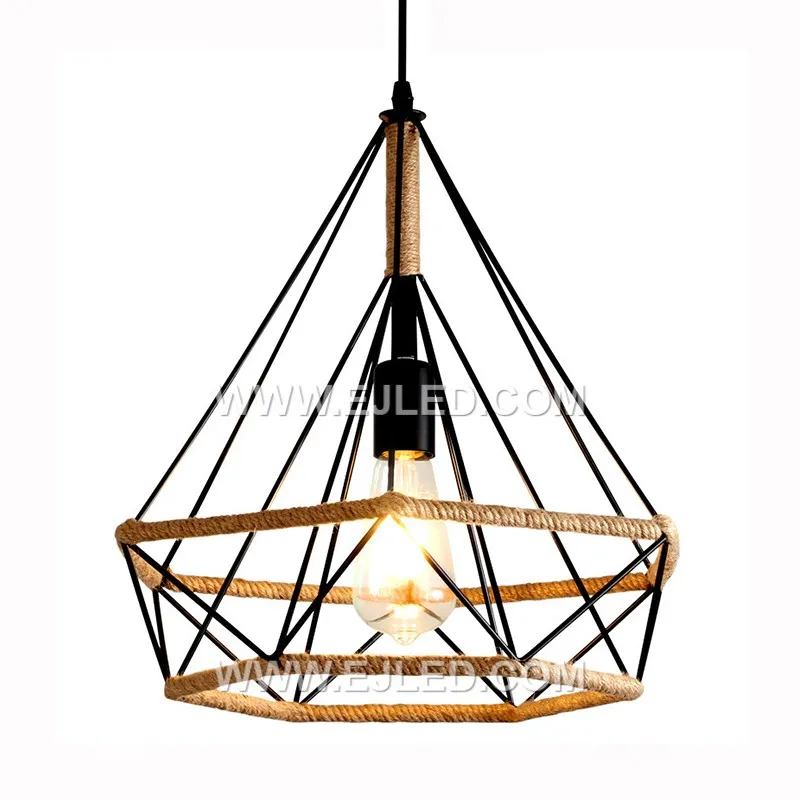
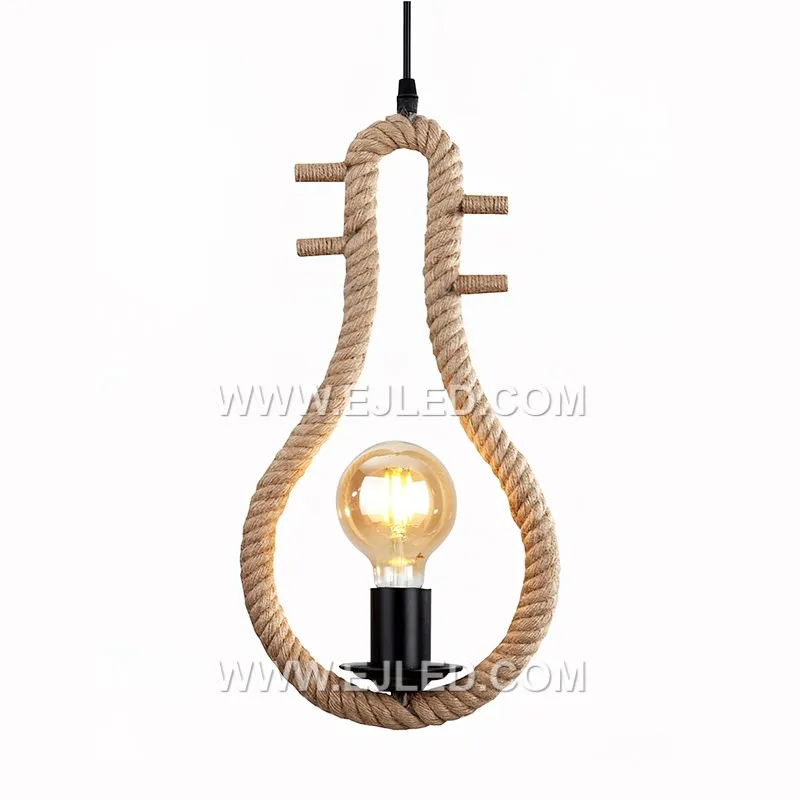

Leave a comment